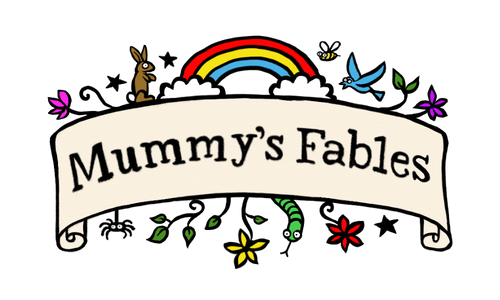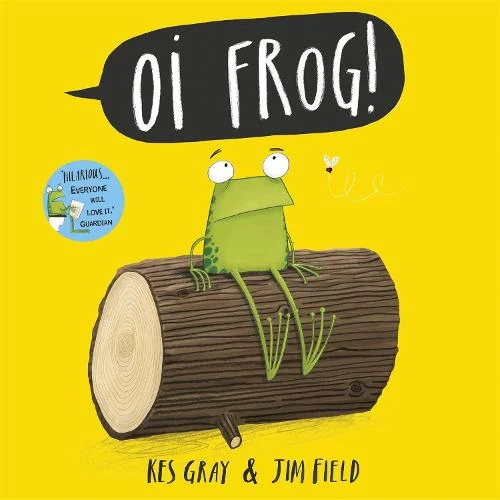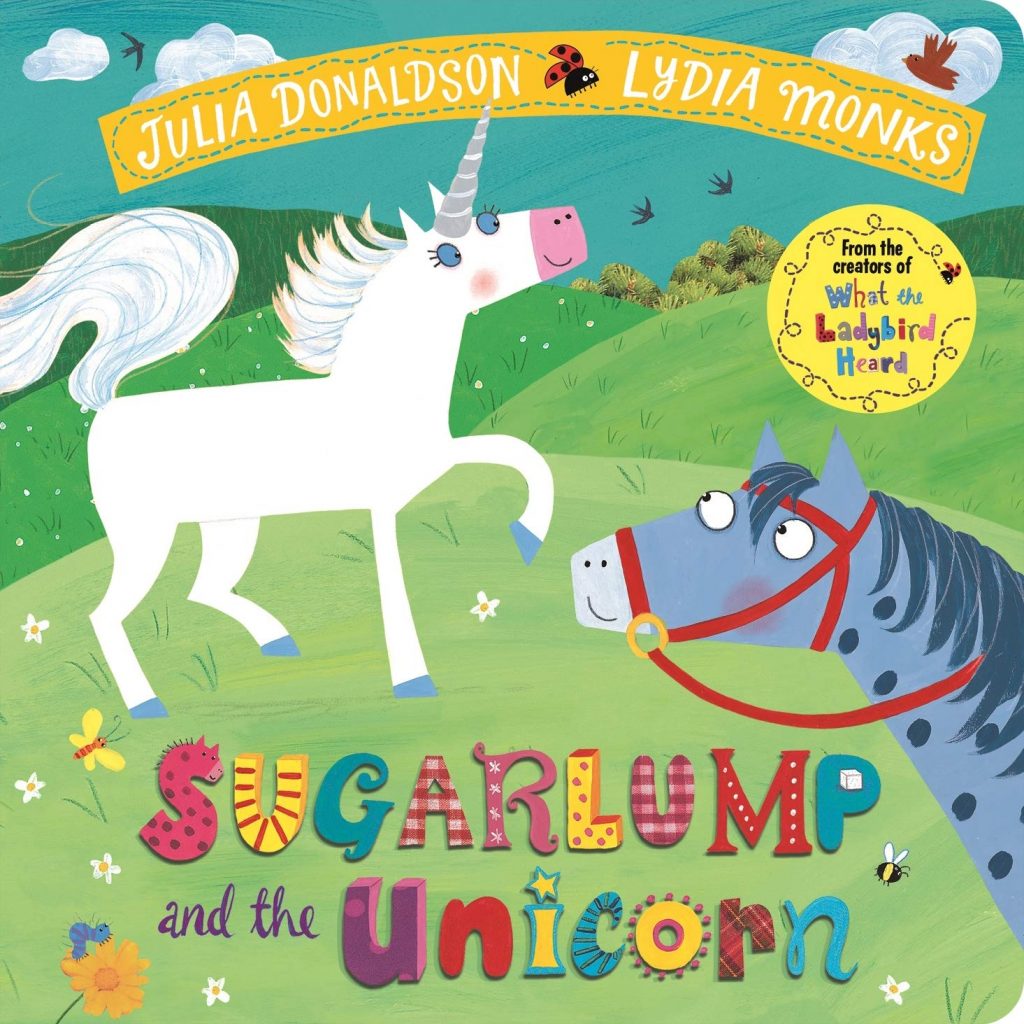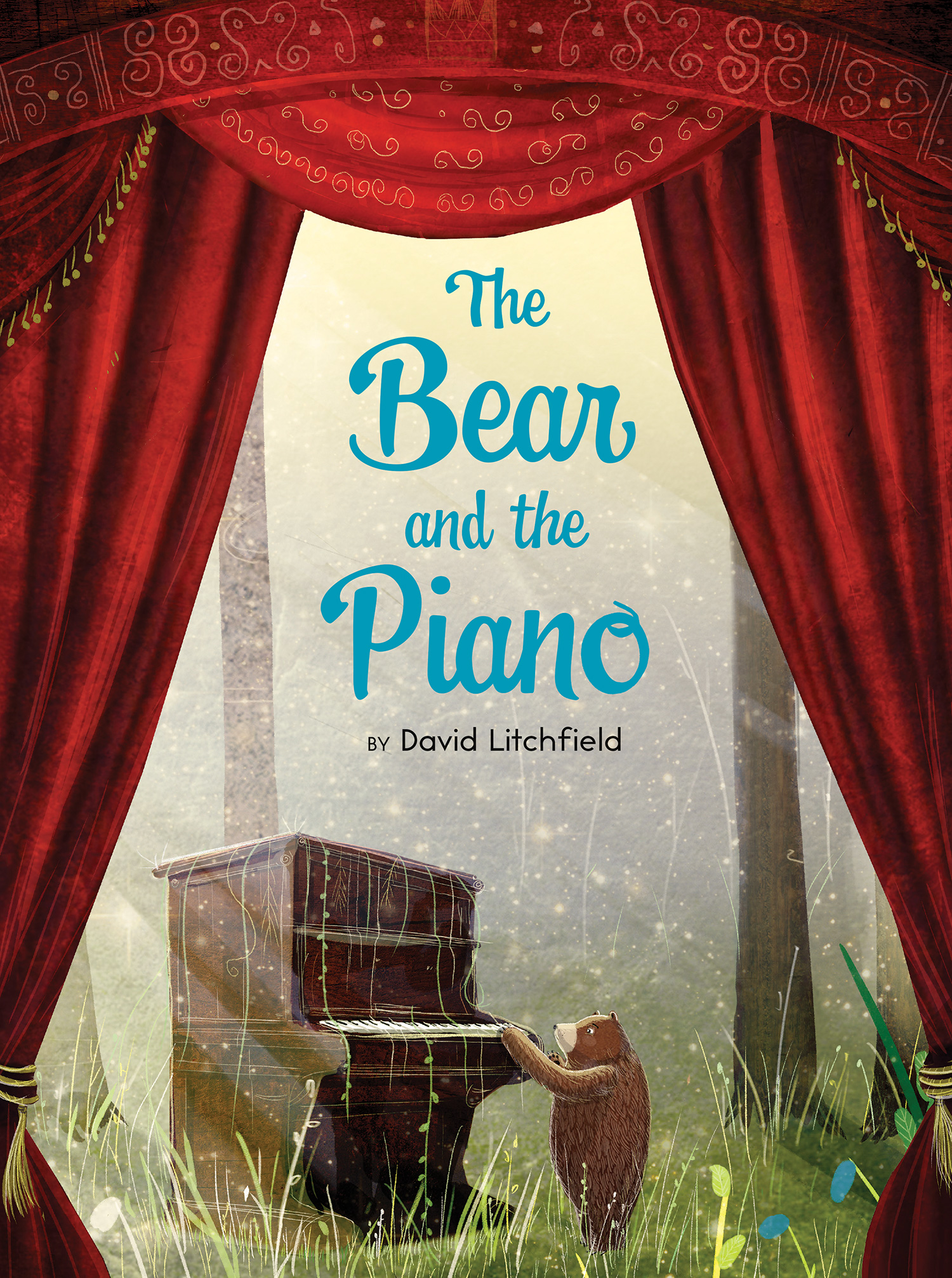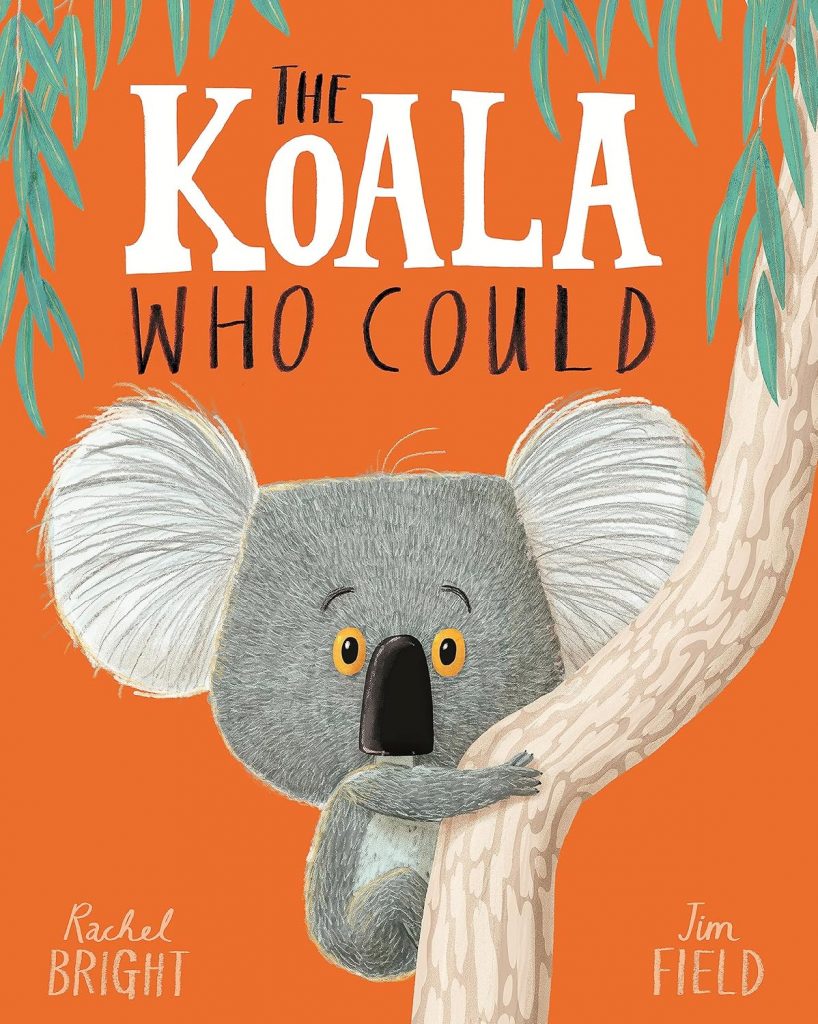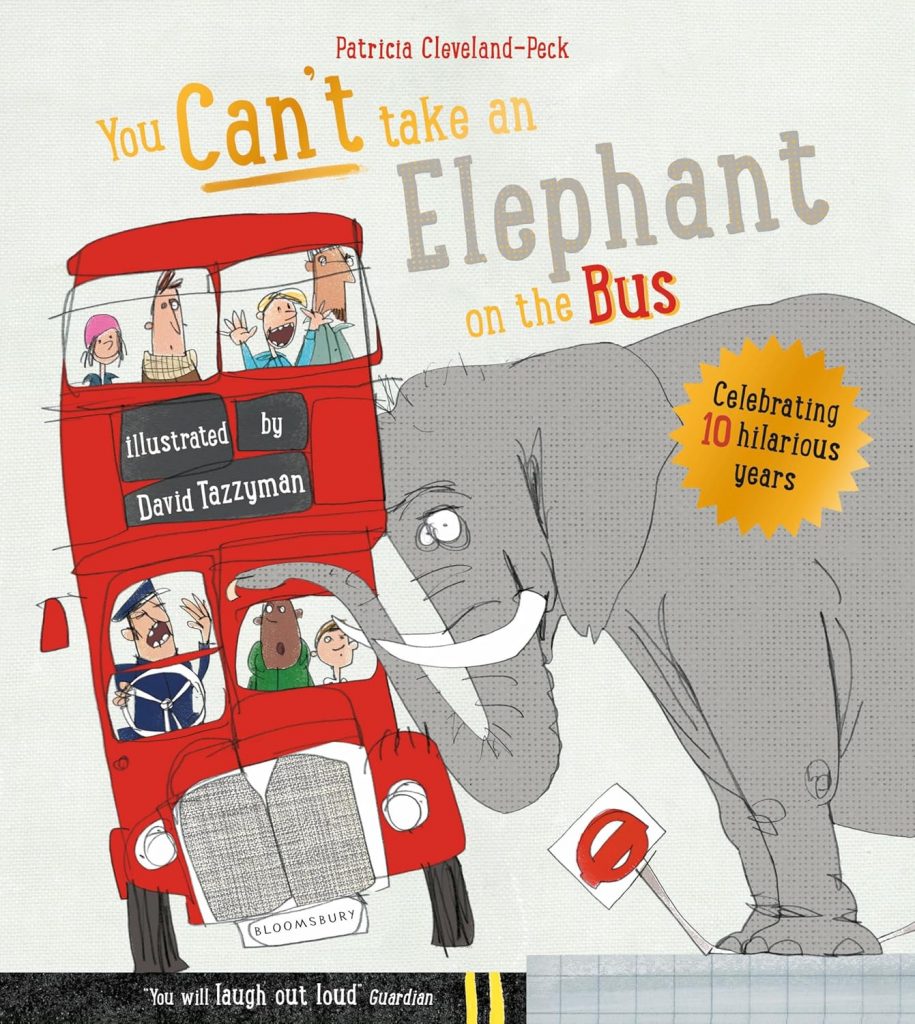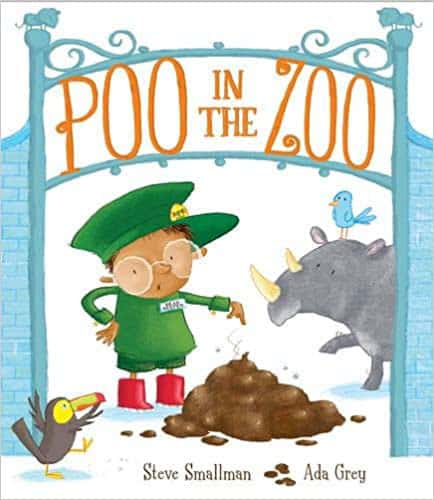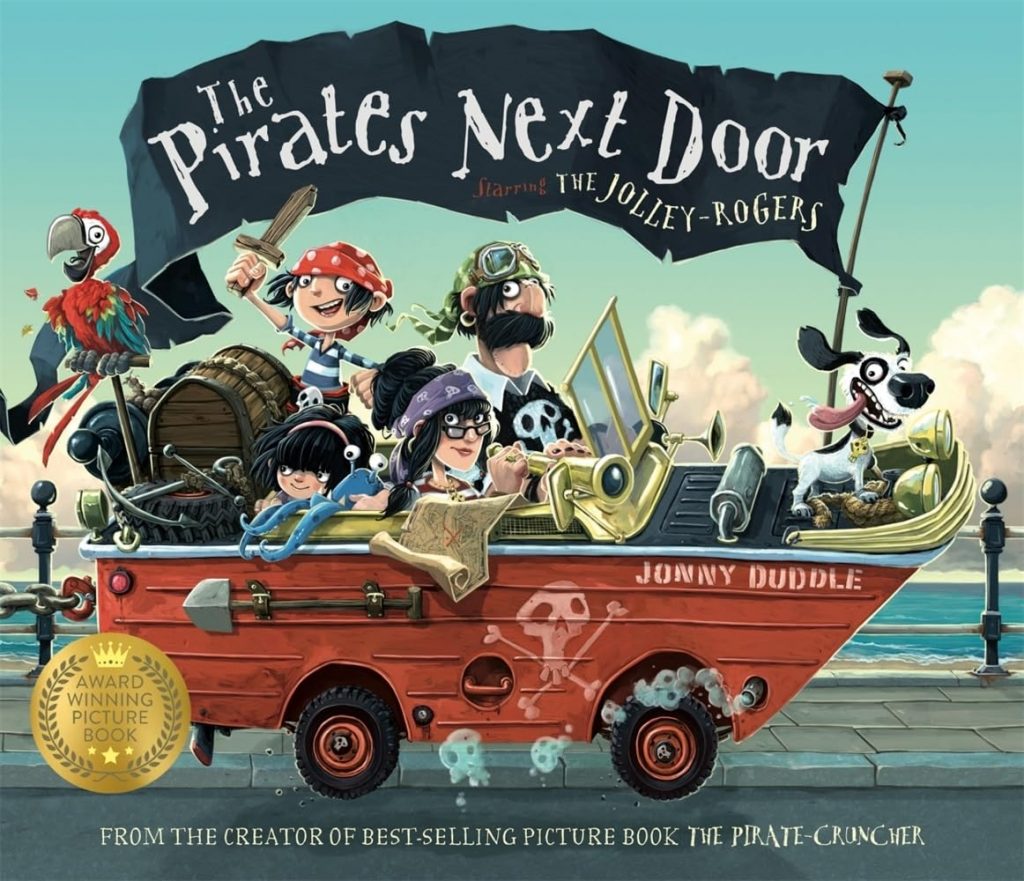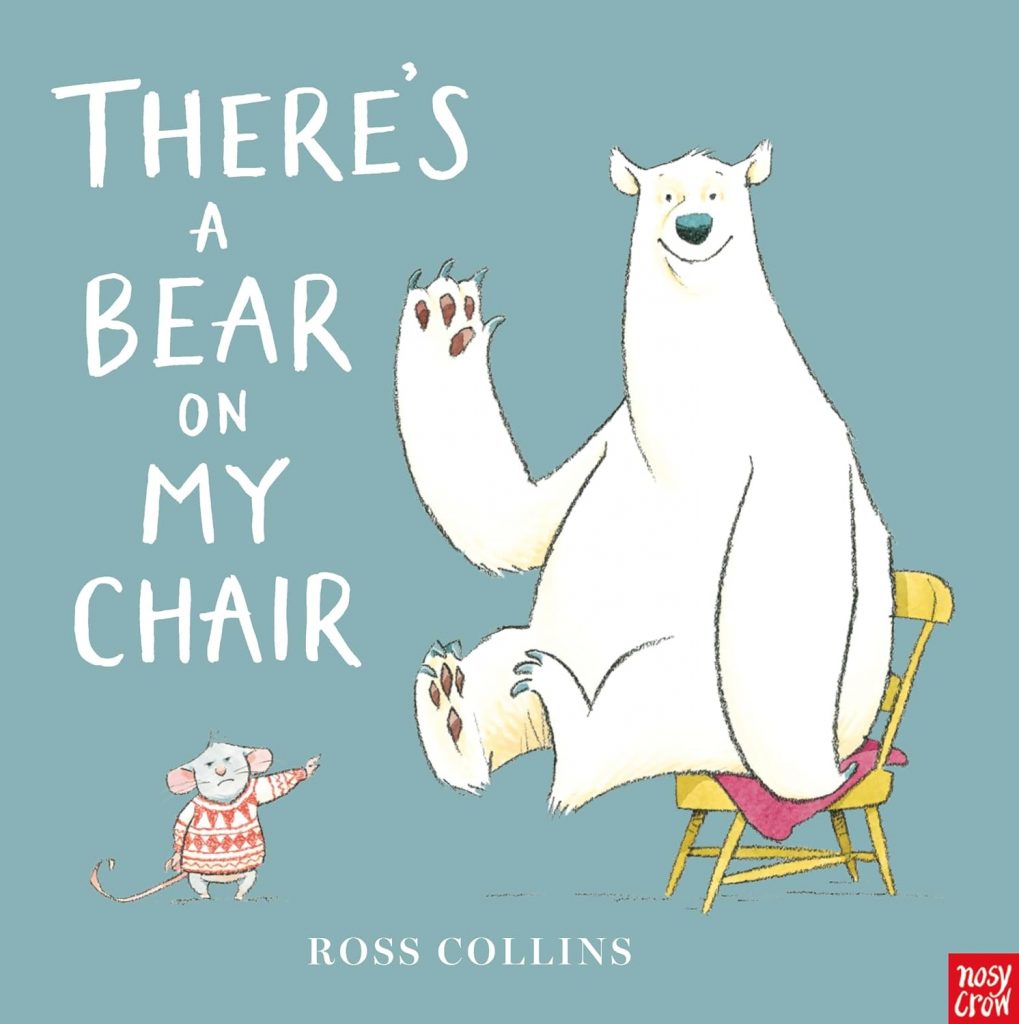Blog Post
10 Picture Books to Read If Your Child Loves Julia Donaldson
If you know every word of The Gruffalo or Room on the Broom off by heart, and could probably recite a dozen Julia Donaldson books in your sleep, then you’re not alone. With their catchy rhymes, unforgettable characters, and beautiful illustrations, it’s no wonder Julia Donaldson’s stories are a beloved staple in many family bookshelves (ours included!). As much as we all genuinely adore them, it may very well be time to reclaim your sanity and explore some fresh bedtime material (that still rhymes and teaches something useful too).
In this list, you’ll find 10 wonderful picture books that offer a similar blend of fun, rhythm, and playful storytelling, including The Wizard’s Assistant, a magical new book that fans of Zog, The Highway Rat and The Snail on The Whale are sure to love.
Perfect for ages 3 to 6, these fabulous stories are ideal for parents, teachers, and caregivers looking for books that both entertain and gently teach children important life lessons.
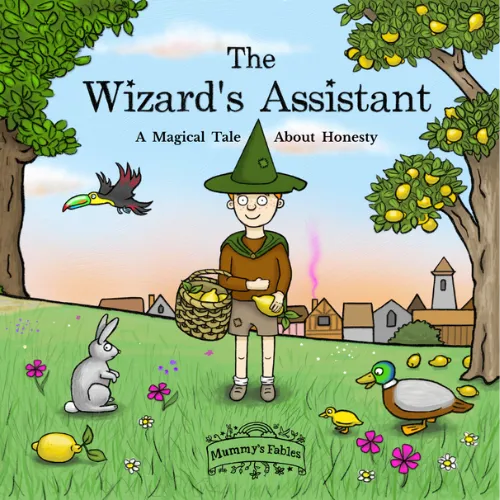
1. The Wizard's Assistant by Mummy's Fables
In a similar rhyming style to Julia Donaldson, this magical debut picture book tells the tale of a greedy, mean wizard named Grimble, who deceives his trusting customers with useless potions, until his kind and honest assistant, Sincerus, shows him that honesty is the best policy, and doing the right thing brings far greater rewards.
Moral: Be honest and kind to others… because sometimes, dishonest actions have consequences!
2. Oi Frog! by Kes Gray and Jim Field
A hilarious rhyming book where animals sit on increasingly ridiculous objects. It’s fast-paced, silly, and a joy to read aloud. If you haven’t yet added this one to your family repertoire, click the thumbnail image above to grab your copy!
Moral: Embracing rules… or bending them with flair.
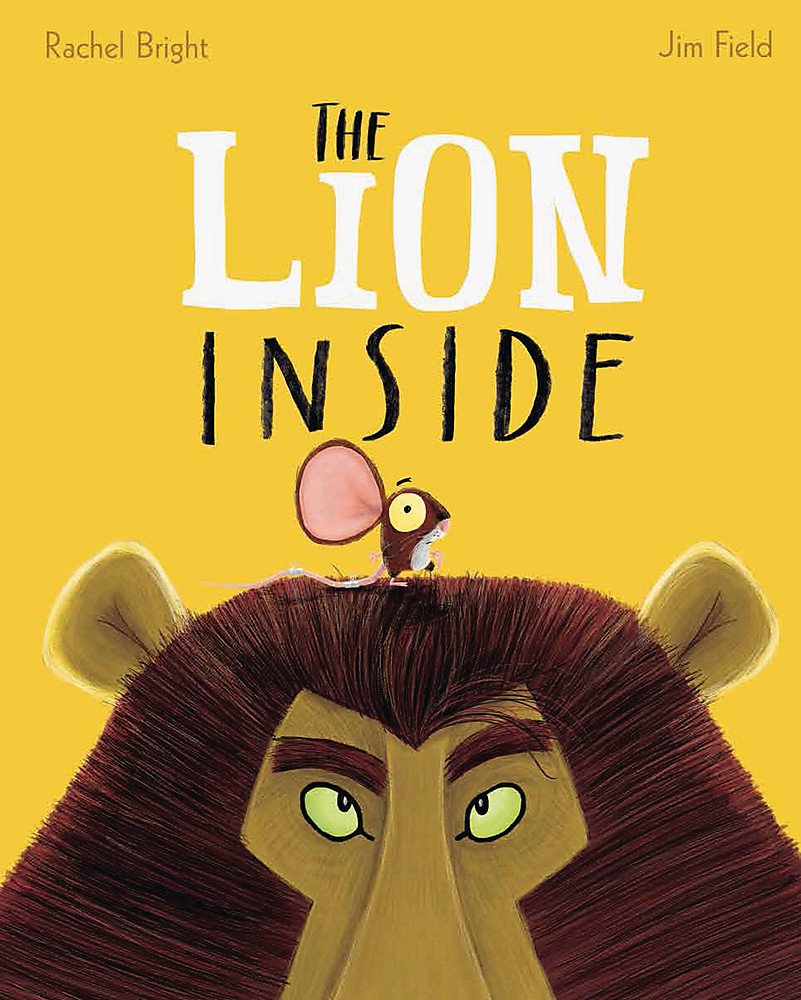
This inspiring story encourages children to find their inner courage, all wrapped up in a catchy rhyme and gorgeous artwork.
Moral: Even the smallest voice can make a big roar.
4. Sugarlump and the Unicorn by Julia Donaldson & Lydia Monks
Okay, so technically a Donaldson book, but one that (we think), is sometimes overlooked. It blends rhyme, sparkle, and a touching message about appreciating what you have.
Moral: The grass isn’t always greener.
5. The Bear and the Piano by David Litchfield
Although this story doesn’t actually rhyme, it deserves a mention nonetheless. It’s a beautifully illustrated story about ambition, fame, and finding your way back to the things that matter most.
Moral: Success is sweeter when shared.
6. The Koala Who Could by Rachel Bright & Jim Field
Talented duo Rachel Bright & Jim Field deservedly make the list again – this is a fantastic read-aloud story, with a lovely rhythm. Kevin the Koala doesn’t like change, until he learns it might not be so bad after all.
Moral: Sometimes, change helps us grow.
7. You Can't Take an Elephant on the Bus by Patricia Cleveland-Peck & David Tazzyman
This one doesn’t have an obvious moral, but it deserves a mention for being a delightfully silly, bouncy read full of ridiculous animal scenarios and rhyme.
Moral: Being accommodating of different needs.
8. Poo in the Zoo by Steve Smallman & Ada Grey
Rhyming fun with just the right amount of toilet humour to get a genuine giggle out of your little ones. Similarly to number 7 on our list, the lesson is a little more hidden, but it could be used to initiate conversations about being respectful towards animals and wildlife.
Moral: Caring for animals.
9. The Pirates Next Door by Jonny Duddle
A genuinely funny read with rhyming verse and great attention to detail. This book is definitely one you won’t mind reading again and again!
Moral: Being accepting of others.
10. There's a Bear on My Chair by Ross Collins
A clever, rhyming tale about a frustrated little mouse who finds a big bear sitting in his favourite chair, and refuses to budge. With witty wordplay and expressive illustrations, it’s a fun and relatable read.
Moral: Learning to see things from another’s perspective
Join Us!
Want more useful hacks, tips & treats straight to your inbox?
Sign up and join the Mummy’s Fables community…
Blog Post
How Picture Books Teach Young Children Useful Lessons

Photography: Mikhail Nilov
Ever tried to explain honesty, kindness, or empathy to a four-year-old, only to be met with a blank stare, a dinosaur impression, or a sudden need for snacks? Yes – us too! The good news is, children don’t need lectures to understand big ideas. They need stories.
Why stories stick (especially for growing minds)
Children learn through play, repetition, and emotional connection – and picture books deliver all three. According to early years expert Margot Sunderland (The Science of Parenting), stories activate the brain’s limbic system (the emotional and memory centre) helping children feel what characters feel. That emotional engagement boosts empathy and makes abstract concepts more meaningful.
And research backs this up. A 1992 study in Journal of Psychoeducational Assessment found that children who heard stories about characters facing moral dilemmas were more likely to show prosocial behaviour afterwards – especially when the stories were followed by open-ended discussions. In short: reading a story about honesty or kindness often teaches the lesson more effectively than just telling a child to “be good.”
Useful lessons for our little ones
The beauty of picture books is that they can deliver big messages through gentle storytelling, humour, and imagination. Here are just a few of the powerful themes they can explore:
- Honesty & Consequences: In The Wizard’s Assistant, the greedy wizard Grimble deceives his town by selling poor-quality potions – and treats his kind assistant, Sincerus, with little respect. But when Sincerus sees the hurt Grimble is causing, he secretly slips a magic potion into the wizard’s lemonade that makes him change colour every time he tells a lie. As Grimble’s dishonesty is revealed, his business suffers. But Sincerus doesn’t give up on him – and eventually helps him turn over a new leaf. It’s a gentle tale of honestly, accountability, second chances, and doing the right thing, even when it’s hard.
- Generosity: The Smartest Giant in Town by Julia Donaldson shows a generous character giving up everything to help others – a charming, funny way to explore altruism and empathy.
- Bravery & Friendship: The Lion Inside by Rachel Bright explores what it means to be brave – and how even the smallest voices can make the biggest difference.
- Managing Emotions: Ruby’s Worry by Tom Percival visualises anxiety as a growing blob – helping children understand their emotions in a non-threatening, relatable way.
These stories work because they invite children into the moral world gently, through characters they care about. They don’t preach – they model.
Using picture books to spark meaningful conversations
You don’t need to turn bedtime reading into a lesson plan. But if you’re looking to make the most of a good story’s emotional power, here are a few educator-backed tips:
1. Ask open-ended questions: Simple prompts like, “why do you think they did that?” “What else could they have done?” And, “what would you do if that happened at school?” These questions build empathy, critical thinking, and decision-making – key elements of Social and Emotional Learning (SEL), a framework supported by UK schools and the PSHE curriculum.
2. Re-read (yes, again!): According to literacy expert Pie Corbett, repetition is a child’s superpower. Every re-read deepens understanding and gives children a chance to spot new emotional cues and patterns.
3. Act it out or play with it: Paul Howard-Jones (University of Bristol) found that storytelling paired with roleplay or imaginative play boosts comprehension and retention. Try acting out a scene or letting your child come up with their own ending.
Final thoughts
If you’re navigating tricky conversations about honesty, fairness, or forgiveness, stories can offer a gentle entry point. Children are far more likely to reflect on their own actions when they’re empathising with a character like Sincerus – someone who sees wrong, takes action, and, even after being treated badly, still chooses kindness.
The Wizard’s Assistant was written for children who are just starting to wrestle with right and wrong – and who need to see that change is possible, even for someone like Grimble. Magic helps, of course!
You can explore The Wizard’s Assistant and other kindness-filled resources at Mummy’s Fables, where useful and relatable lessons are wrapped in magical mischief and fun.
References:
Weidman, C. & Strayhorn, J. (1992). Relationships between Children’s Prosocial Behaviors and Choices in Story Dilemmas, Journal of Psychoeducational Assessment. Sunderland, M. (2008). The Science of Parenting. Dorling Kindersley. Corbett, P. (n.d.). [Repetition supports fluency and confidence in early readers]. In Pie Corbett’s Reading Spine. Scholastic. Howard-Jones, P. A. (n.d.). [Research on role-play and storytelling enhancing comprehension and retention]. University of Bristol, School of Education.Join Us!
Want more useful hacks, tips & treats straight to your inbox?
Sign up and join the Mummy’s Fables community…
